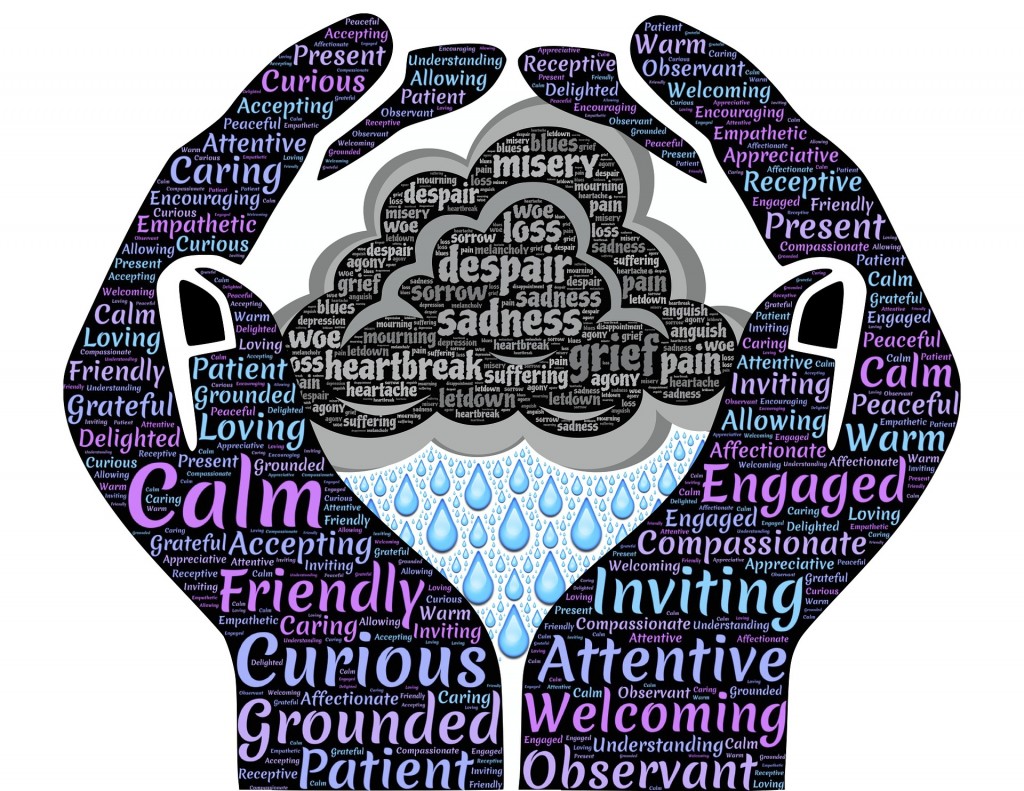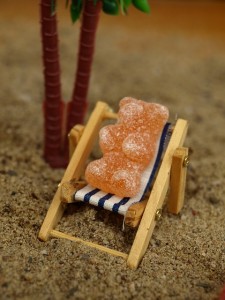I am so excited at this time of year when I open my Facebook, Twitter and LinkedIn accounts to see lots of articles, links and Blogs circulating about self-care. But I do think we lose sight of self-care as an all-day, everyday practice, including the times we need a bit extra. So let’s open up about the concept of self-care in our lives.
Self-care is many things from stopping our work at 4:00 to make a hot, immune-boosting tea as the days get longer and colder, do Yoga stretches at our desk so our backs muscles stay limber and so much more. On the weekend we may take time to connect with family, go on a hike etc. This is self-care all-day, everyday.
I think the piece, a lot of people slip on is when self-care needs to become deeper, more frequent and healing in our lives. It is so easy for us to ignore signs of fatigue, burnout and sadness and just keep going. But it does not work. Depression and Anxiety are on the rise. It will become physical in our bodies; our feelings will not be ignored. So instead of not sleeping, having another fight with your partner, and drinking 6 cups of coffee tomorrow, let’s STOP, and practice some deeper self-care. Otherwise you get sick and have to take stress leave anyway. So let’s be proactive. Deeper self-care or healing can be practiced on a more regular basis as well, and fit in you life. Continue reading
*The views expressed by our authors are personal opinions and do not necessarily reflect the views of the CCPA





